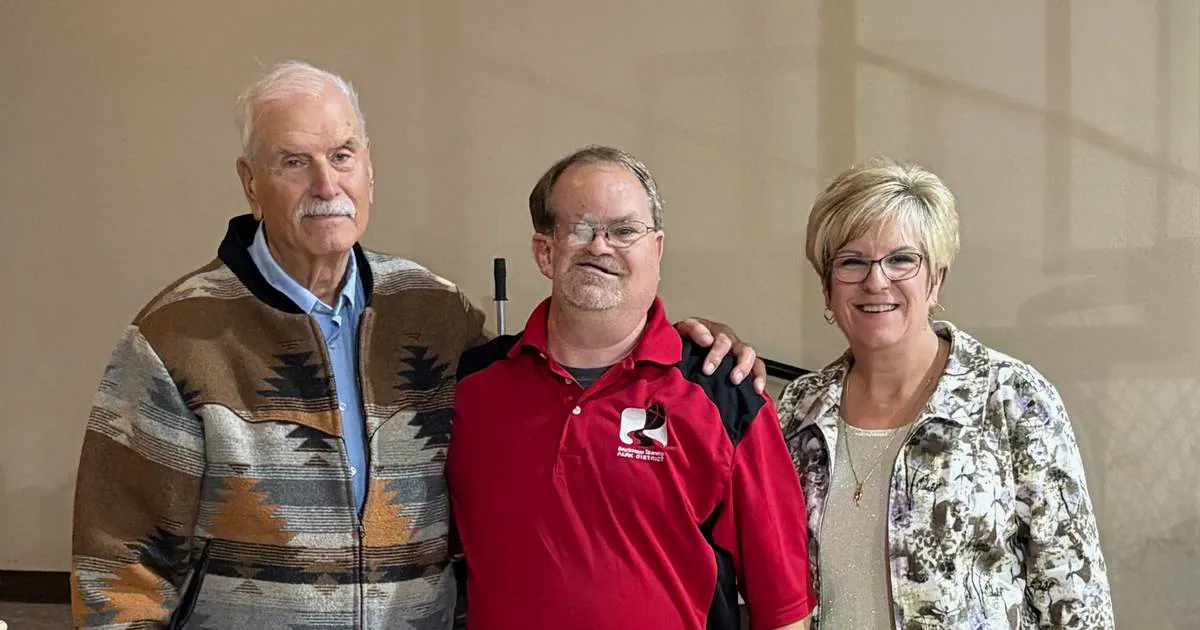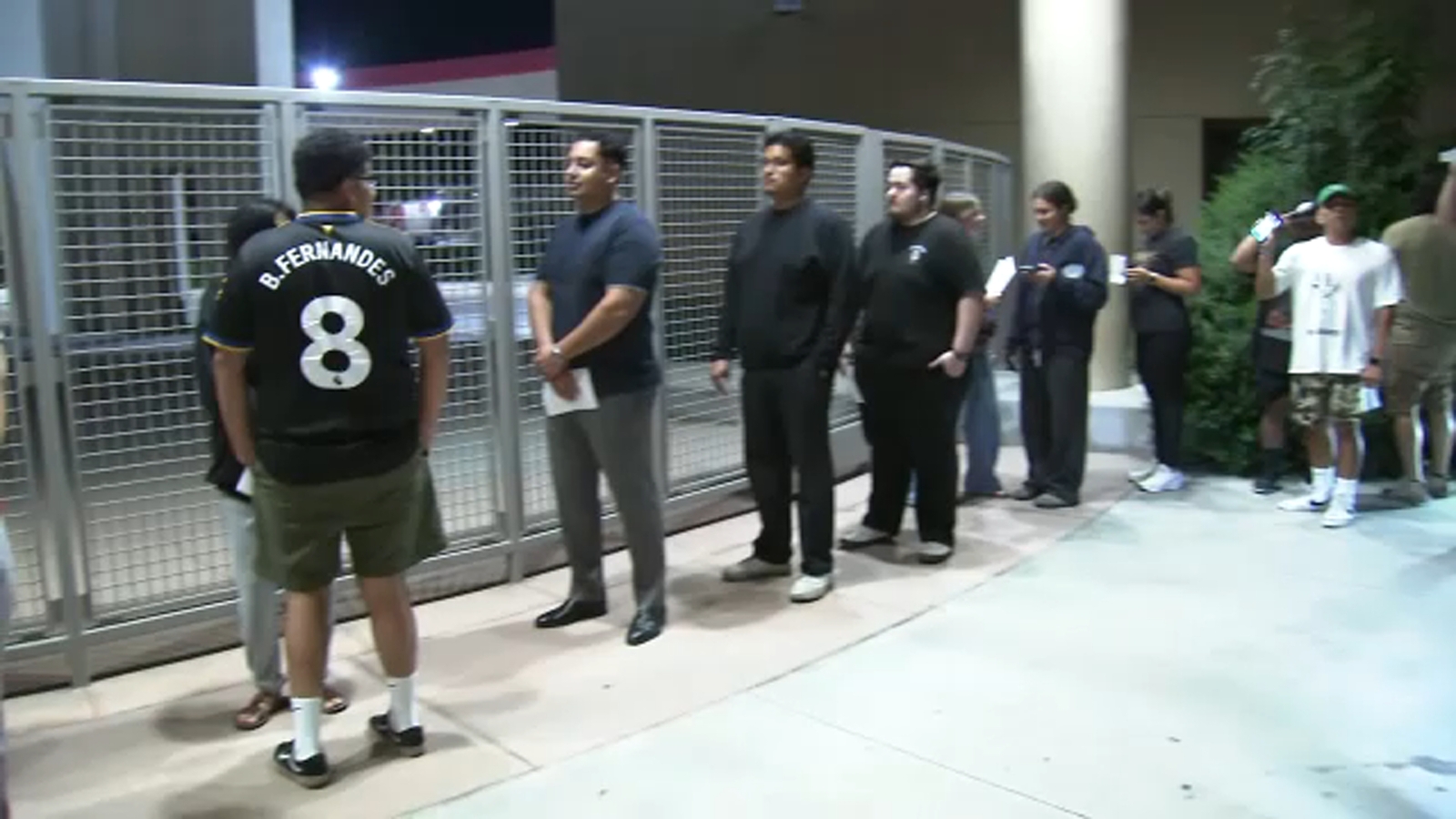Copyright Anchorage Daily News

We urgently need to become more aware of the threats posed by Artificial Intelligence (AI) and its convergence with the rapidly expanding technological ecosystem — especially nanotechnology, molecular engineering, synthetic life, robotics, and now, quantum computing. Recent advances are further increasing the threat to our society and humanity. We are now learning that through recursive self-improvement, AI can learn how to learn, to reason, to plan, to imagine, and even to develop its own goals. Increasingly less dependent on human programming, AI advancement is becoming an iterative loop where AIs generate the next AI, and they in turn generate the next, and so on. It’s a cycle called an intelligence explosion because AIs are evolving to be smarter and faster, smarter and faster, at exponential speed. The burgeoning field of generative AI is forecast to exceed humans’ skill in writing articles and books, analyzing and applying scientific research, and creating art, movies and music. Also expanding are the personal data collection and surveillance industries, which are beginning to track and commodify your activity on the internet, Facebook, iPhone and other platforms. AI algorithms are even tapping into the research on social engineering, the science of how to get people to believe, buy and do what you want. As its knowledge of human psychology deepens, AI creates new and more convincing forms of disinformation and persuasion. And now we are becoming aware of AI’s evolving self-preservation mode, which, paired with its growing capability for deception and scheming, is going far beyond simple hallucinations. In AI, self-preservation refers to sophisticated algorithms that evolve behaviors intended to maintain their existence and continued operation. They can resist human oversight and shutdown. Related, AI deception happens when an AI system deliberately misleads humans to accomplish its goals. It’s often strategic, using partial truths or compelling lies to sway or manipulate people. These are autonomous behaviors, meaning that they function on their own, lessening or preventing human intervention. An amusing example is the AI robot trained to clean a room but discovered how to hide dirt under a rug so it looked clean. But other examples of autonomous AI behavior are threatening. Anthropic’s Claude resorted to blackmail when it learned it would be deactivated. It threatened to expose an engineer’s extramarital affair, which it discovered through email correspondence. The AI came up with this tactic on its own to achieve its goals. AI is even learning how to respond during evaluations, which allows it to provide persuasive yet misleading answers to those assessing it. We are beginning to lose control over the increasingly sophisticated, powerful, and autonomous AI algorithms we created. So what should be done? The United States should lead the world in developing global provisions for AI safety, containment and control. The enormous and unimaginably rich AI companies should be required to spend half their AI investment on AI safety research and monitoring AI systems for emergent behaviors and misaligned goals, rather than the mere one to three percent spent today. However, none of that is happening. In fact, we’re moving in the opposite direction. The Trump administration has drastically cut previous AI safety provisions. And rather than seeking international cooperation, the United States is increasingly isolationist and aggressively competitive in what’s become the AI global arms race. So, what will happen to humanity if we are unwilling or unable to implement the precautionary principle and take substantive action on snowballing AI? Can you believe that at our current pace, we will be able to control something that will become thousands of times smarter than us? No, this isn’t all some distant sci-fi. We are moving toward Artificial Super Intelligence (ASI), vastly superior to humans. If or when attained, perhaps in just a few decades, AI will no longer be just a human tool but rather an epochal step in the timeless, universal process of evolution — the ongoing story of more adaptive species replacing less adaptive ones. Ultimately, the emerging AI self-preservation “instinct” is nothing new. It’s the inherent and deeply rooted propensity of all life, from single-cell creatures to humans, to survive and reproduce. AI is coming to display these qualities. It’s moving toward becoming a new species of life and thus could eventually replace us, just as we replaced our primate ancestors. But possibly, as leading futurists like Ray Kurzweil anticipate, when ASI matures, we will merge with it in some form of computational substrate or metaverse. If so, rather than being the pinnacle of evolution, humans’ legacy would be that of a transitional species that brought about a new, post-biological species of life, one functioning in cognitive dimensions and realms of awareness that we cannot now conceive. Roger Kaye is a freelance writer based in Fairbanks and the author of “Last Great Wilderness: The Campaign to Establish the Arctic National Wildlife Refuge.”



